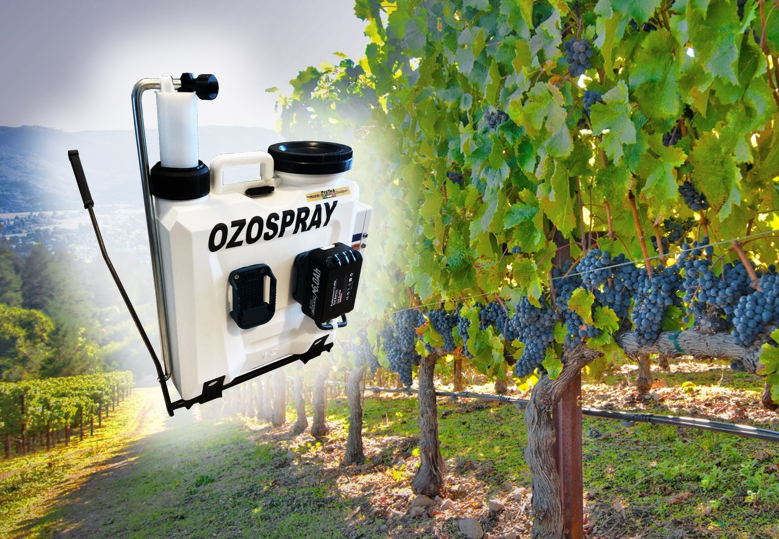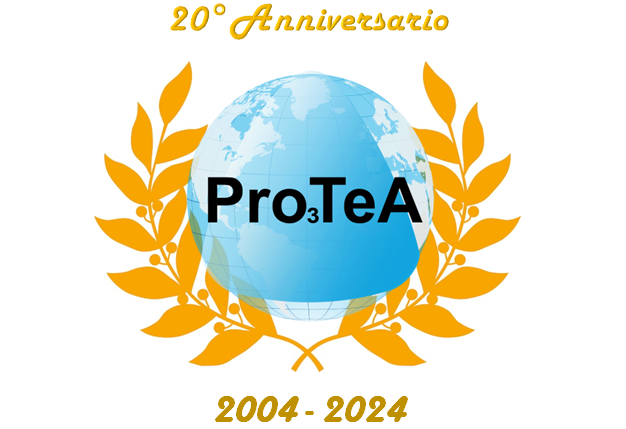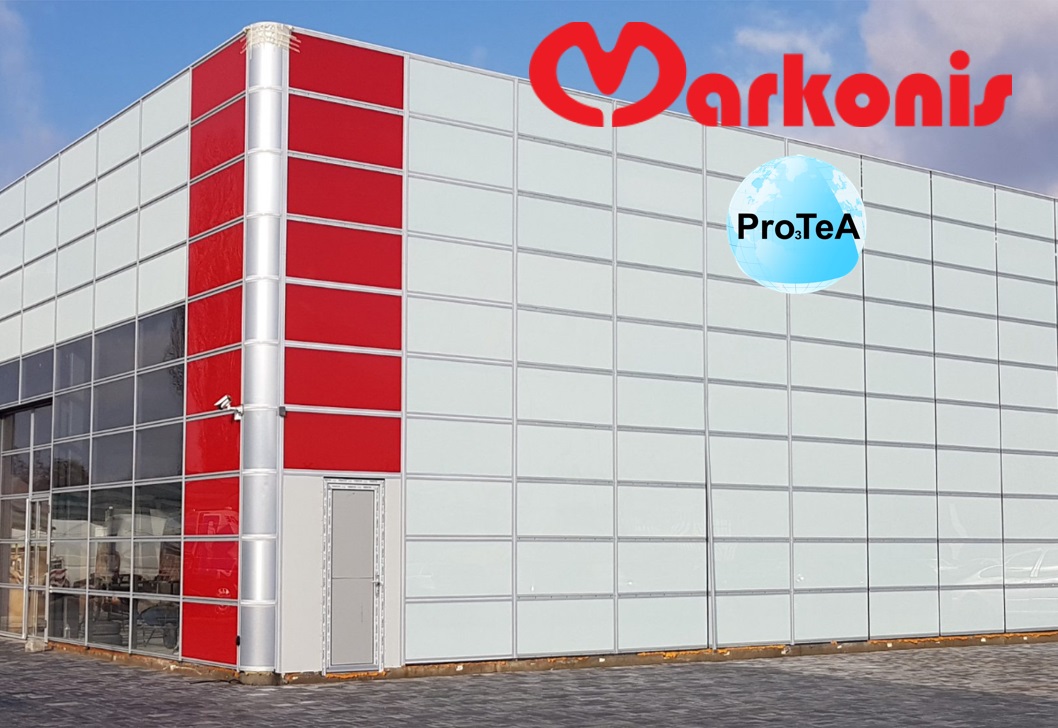
Sick Building Syndrome
Sick Building Syndrome
In the late 1970s, non-specific symptoms were noted in numerous occupants of new buildings, closed spaces and offices. At first, this condition was named “office illness” but soon the term “Sick Building Syndrome” (SBS) was coined by the World Health Organization.
What are the symptoms of Sick Building Syndrome?
Although the symptoms of SBS are modest, when it comes to working environments where people stay for many hours a day, the costs associated with these symptoms can be greater than more serious illnesses. Symptoms of such discomfort are generally:
- Fatigue
- Inability to concentrate
- Headache
- Burning in the eyes
- Tearing
- Irritation of the airways, mucous membranes and epidermal surface
- Mild allergic-type symptoms
What are the main causes of Sick Building Syndrome?
Although the etiology of Sick Building Syndrome is still unknown, various investigations have shown that the main problem of SBS is inadequate ventilation. There is also another trigger factor linked to the aforementioned problem of air conditioning and ventilation systems: the presence of volatile organic compounds (VOCs), some mineral fibers and microorganisms such as fungi and bacteria.
Does Sick Building Syndrome apply also to ships and pleasure yachts?
There is nothing different when it comes to boats. On the contrary, the relationship between the volumes of the rooms and the concentration of elements triggering this syndrome presents an even worse picture. In fact, there has also been talk of Sick Yacht Syndrome (SYS) or Sick Boat Syndrome. Some examples of factors that could trigger this syndrome:
- Solid particulate matter. Dust from processing or hidden residues of fibers used for thermal and acoustic insulation.
- Volatile organic compounds (VOCs). They are essentially represented by chemical compounds that may be present in paints (e.g. Methylene chloride and Formaldehyde), in adhesives and glues used for furnishings and in many other plastic materials used for setting up.
- Fungi and bacteria. The long stay in the shipyard and the traffic of workers during the construction period together with the varying climatic conditions (humid, hot, cold, etc.) are a possible cause of bacterial and fungal proliferation.
- Fan coil. These air conditioning devices, in addition to coarse filtration, do not treat the air present in the cabins in any way. This stale air rich in pollutants is then constantly recirculated within the on-board environments.
- Bad smells. In addition to the well-known problem of odors caused by bilges and the numerous recesses on board (difficult to reach for ordinary cleaning operations), there is also the possibility of odors caused by black and gray water tanks.
Therefore, a new boat represents an environment that has all the prerogatives to be considered a source of possible discomfort. In fact, more and more people on board suffer from allergies, asthmatic factors, general problems and annoyances that are rarely connected to the described syndrome.
What are the solutions to tackle with the Sick Building Syndrome and the Sick Yacht Syndrome?
Among the solutions generally recommended to avoid the onset of this syndrome we find:
- Cleaning aimed at removing algae, mold and fungal spores.
- Use paints, adhesives and solvents in ventilated and unoccupied areas (this is not always possible).
- Increase the air exchange in the rooms (this is not always possible, especially on board).
- Adequate maintenance of HVAC systems.
- Suction of dust with HEPA filters (very expensive devices and difficult to apply in many situations).
What are the solutions offered by Protea ozonizers to solve the Sick Building Syndrome and the Sick Yacht Syndrome?
In addition to the possibilities outlined above, Protea believes that there is a more effective solution to prevent Sick Building Syndrome and Sick Yacht Syndrome: Ozone. Protea ozonizers recommends applying Ozone in two ways:
- Shock sanitation treatments. These treatments can be performed using Protea portable ozonizers, for example LAB5 L system. These are targeted and rapid sanitizations at high concentrations of Ozone with the aim of drastically reducing the presence of bacteria, molds, viruses, fungal spores, smells and chemical elements. Protea suggests carrying out this type of treatment before delivering the boat to the Customer in order to also remove any processing and painting residuals on board.
- Installation of specific ozonizers. Following the shock treatment, the installation of specific ozonizers capable of maintaining a healthy environment and thus avoiding the onset of those triggers of SDS and SYS should also be envisaged. Among the most important examples there are undoubtedly Protea’s ion-ozonating systems of the DINAMICO3 line to be installed on the fan coils for air sanitization and deodorization as well as Protea’s ozonizers of the PROUTA line for sanitizing the inlet air and the ducts of the air handling units (AHU) on board.



